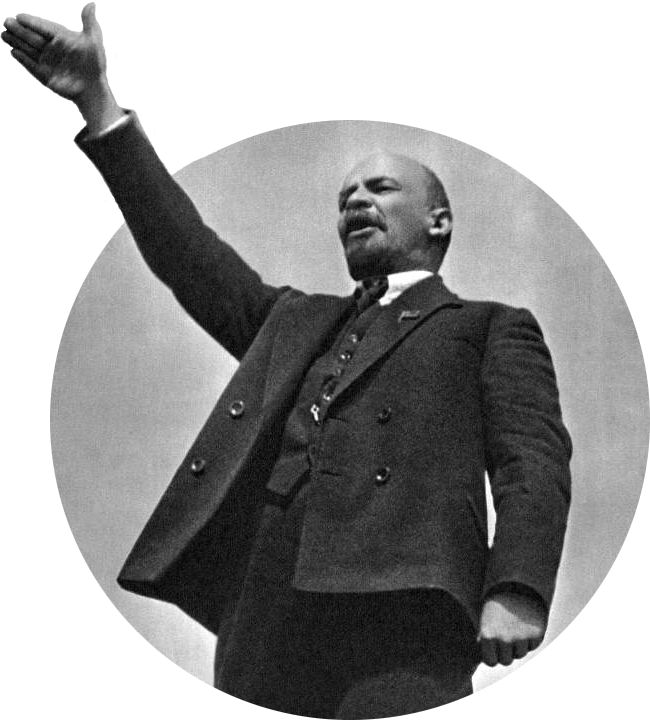Overthrow of the Soviet Union: Difference between revisions
m (Added polls.) Tag: Visual edit |
m (Removed space.) |
||
| Line 25: | Line 25: | ||
* {{Citation|author=Roger Keeran & Thomas Kenny|year=2010|title=Socialism betrayed: behind the collapse of the Soviet Union|chapter=|section=|page=|quote=|pdf=|city=|publisher=|isbn=|doi=|lg=http://libgen.rs/book/index.php?md5=EB8A647627A86692FB1AA43916CE6A02|mia=|title-url=|chapter-url=|trans-title=|trans-lang=}} | * {{Citation|author=Roger Keeran & Thomas Kenny|year=2010|title=Socialism betrayed: behind the collapse of the Soviet Union|chapter=|section=|page=|quote=|pdf=|city=|publisher=|isbn=|doi=|lg=http://libgen.rs/book/index.php?md5=EB8A647627A86692FB1AA43916CE6A02|mia=|title-url=|chapter-url=|trans-title=|trans-lang=}} | ||
== References == | == References == | ||
Revision as of 15:21, 2 January 2022
 | This article is a stub. You can help improve this article by editing it. |
The overthrow of the Soviet Union was the process of bourgeois counter-revolution which culminated in the disintegration of the Union of Soviet Socialist Republics (USSR) into independent states in December of 1991. Among the various causes for dissolution was the organization of a bourgeois class inside the USSR under a 'shadow economy' which effectively guaranteed their interests through corrupt officials of the Communist Party of the Soviet Union (CPSU). It's generally accepted that the political and economic policies of Khrushchev, Brezhnev and ultimately Gorbachev paved the way for counter-revolution in the USSR.
Background
In 1985, Mikhail Gorbachev was elected general secretary of the CPSU by the Politburo after Konstantin Chernenko's death. His liberal policies led to nationalism and ethnic conflict.[1] Eventually, all of the soviet republics proclaimed sovereignty, although they did not secede until later. This started with Estonia on November 16, 1988, and ended with Kyrgyzstan on December 15, 1990.
Breakup
In 1990 and 1991, the now-sovereign republics seceded from the Soviet Union, starting with the Baltic states. A referendum was held in March of 1991 in which 78% of the population voted to keep the Soviet Union, but this referendum was later ignored.[2] In August, several CPSU officials attempted to overthrow Gorbachev but the coup collapsed after three days.[3] On September 6, 1991, the secession of the Baltics was recognized. On December 25, Gorbachev resigned and gave his power to the neoliberal Boris Yeltsin. The next day, the Soviet Union was dissolved.
Results
After the USSR was overthrown, wars began in Chechnya, Transnistria, Nagorno-Karabakh, South Ossetia, Abkhazia, and Tajikistan. These conflicts led to nearly 200,000 deaths, plus additional deaths from ethnic conflicts and pogroms.[4]
There is growing nostalgia for the Soviet era in many countries. In 2020, only 18% of Russians disagreed that the Soviet Union was the best time in Russia's history.[5] 78% of Russians 35 years or older said that the overthrow of the USSR was bad for their country.[6]
Attempts to Restore the USSR
Black October
In September and October of 1993, the Supreme Soviet and many opposition protesters attempted to remove Yeltsin from power. Yeltsin responded by sending tanks to shell the parliament building. 147 people were killed and over 400 were wounded and Yeltsin abolished the Soviets.[7]
1996 election
By 1996, Yeltsin was very unpopular and had an approval rate below 10% in the polls.[8] He was given a $10 billion loan from the United States that made him win the election against Gennady Zuganov, the KPRF candidate.
Further reading
- Roger Keeran & Thomas Kenny (2010). Socialism betrayed: behind the collapse of the Soviet Union. [LG]
References
- ↑ Mark R. Beissinger (2017). Nationalism and the Collapse of Soviet Union (pp. 5–6). [PDF] Princeton University.
- ↑ Dieter Nohlen, Philip Stöver (2010). Elections in Europe: A data handbook (p. 1647). ISBN 9783832956097
- ↑ A. V. Ostrovskiy (2011). Stupidity or treason? Investigation into the death of the USSR (Russian: Глупость или измена? Расследование гибели СССР) (p. 864).
- ↑ Gordon M. Hahn (2017). Ukraine Over the Edge: Russia, the West and the "New Cold War". McFarland. ISBN 9781476628752
- ↑ Andrei Nikerichev (2020-03-24). "75% of Russians Say Soviet Era Was 'Greatest Time' in Country’s History – Poll" The Moscow Times. Retrieved 2022-01-02.
- ↑ David Masci (2017-06-29). "In Russia, nostalgia for Soviet Union and positive feelings about Stalin" Pew Research Center. Retrieved 2022-01-02.
- ↑ Jonathan Steele, David Hearst (1993-10-05). "Yeltsin crushes revolt" The Guardian.
- ↑ Lilia Shevtsova (1999). Yeltsin's Russia Myths and Reality (p. 156). Washington: Carnegie Endowment for International Peace.